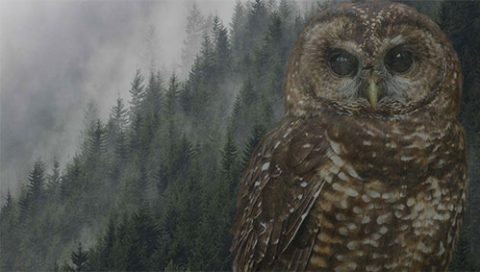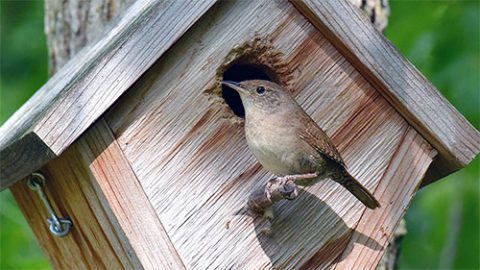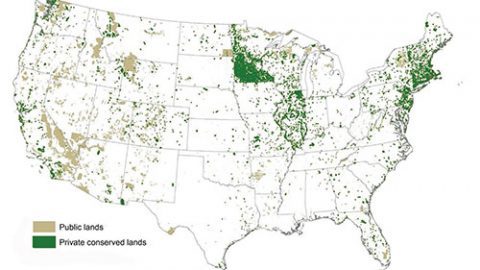In Oregon, Obama-Era National Monument Expansion Protects Grassland and Oak Bird Species, Study Finds
By Gustave Axelson
May 8, 2017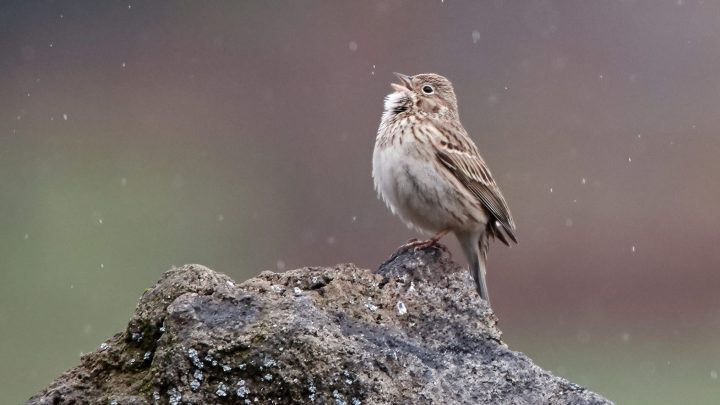
A new paper published this morning in the journal Ecosphere outlines the scientific rationale behind President Obama’s decision in his last days in office to expand the Cascade-Siskiyou National Monument by more than 45,000 acres. The paper comes after President Trump’s administration announced on May 5 that the Cascade-Siskiyou was among 27 national monuments under review for possible changes to their designations.
The study showed that before the expansion, existing parks and monuments in southern Oregon and northern California protected mostly coniferous forest, leaving gaps for at-risk species, such as the Vesper Sparrow, that live in other habitats, such as grasslands and oak woodlands.
“This study offers robust scientific evidence that expanding the Cascade-Siskiyou National Monument provides critical protection to an amazing ecosystem found nowhere else in the world, and will serve Oregonians well for decades to come,” said Senator Jeff Merkley of Oregon. Sen. Merkley and fellow Oregon Senator Ron Wyden, as well as Oregon governor Kate Brown, supported President Obama’s Cascade-Siskiyou expansion.
“These birds and habitats are at risk. They have been identified as at-risk by Partners in Flight and the North American Bird Conservation Initiative at national and international scales,” said Dr. John Alexander, a lead author on the Ecosphere paper and executive director of the Klamath Bird Observatory.
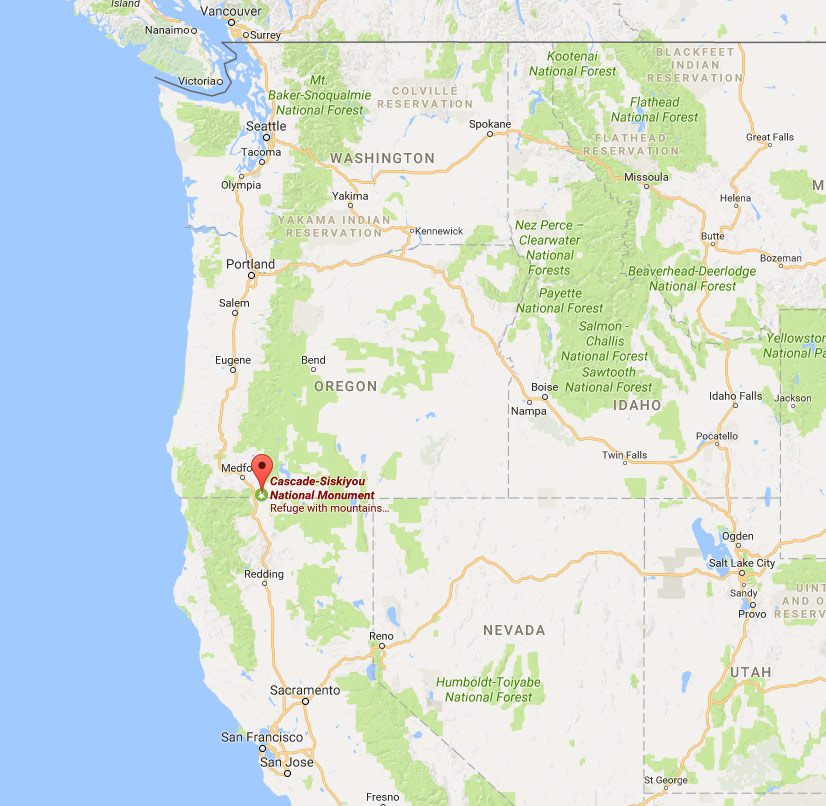
Data from the study was used to inform the national monument expansion. The paper uses the Cascade-Siskiyou as a case study for how birds can be used as indicator species for evaluating how well a region’s habitat types and biodiversity have been protected. At minimum, federally protected lands should encompass 10–12% of a region’s species or habitats, according to previous scientific literature. When the study examined the Oregon subspecies of Vesper Sparrow, the authors found only 6% of populations in the bioregion occurred on protected federal lands, or just half of the 10–12% threshold. Because Vesper Sparrows are an indicator for grasslands habitat, this gap was interpreted as a lack of adequate protection for grasslands in the Klamath-Siskiyou bioregion. The Oregon Vesper Sparrow was included in the State of the Birds 2014 report Watch List of birds most in need of conservation action.
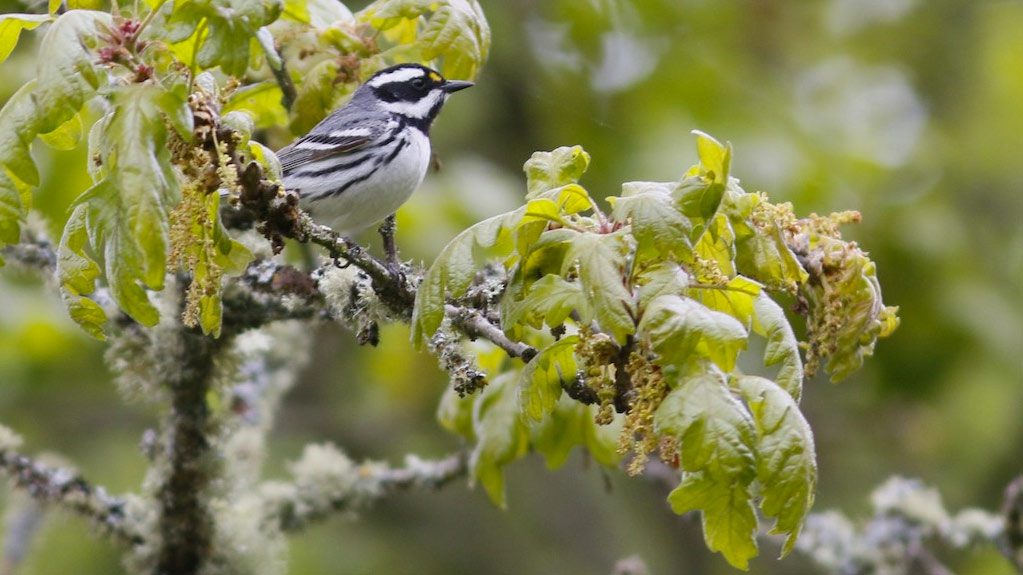
The study also found that 6% of White-breasted Nuthatch populations were on protected areas. The species is an indicator of oak woodland habitat. If oak habitat for nuthatches is not adequately protected, Alexander said, then the same may be true for other local oak-dependent bird species such as Oak Titmouse, Acorn Woodpecker, Black-throated Gray Warbler, and Pinyon Jay.
“In areas of Oregon and California we have lost over 90% of our oak woodland habitats,” Alexander said. “Our study showed that oak woodland, as well as grasslands, are under-represented in this region’s network of protected areas. The expansion certainly captured more of these habitats, offering these habitats within the expansion area a higher level of protection.”
Related Stories
Conversely, the study found that mature coniferous forest habitat was well protected in the Klamath-Siskiyou bioregion, with abundance of indicator species including Brown Creeper, Hermit Warbler, and Varied Thrush above 10% on federally protected areas. “In the Pacific Northwest, public land management agencies prioritize the restoration and protection of old-growth forest conditions,” the report stated.
President Trump’s executive order cited a lack of adequate public outreach as reasoning for the review of recent national monument designations. For the Cascade-Siskiyou expansion, public meetings were held in southern Oregon and more than 5,000 written comments were submitted to the Obama administration, with about a 4-to-1 ratio of comments for and against the expansion. Locally, the Cascade-Siskiyou expansion had the support of the mayors of the towns of Ashland and Talent, as well as the Klamath Tribal Council and local business owners.
The Trump Administration’s review announced on May 5 also included marine national monuments, including the Papahānaumokuākea Marine National Monument established by President George W. Bush and expanded by President Obama across islands and atolls of the Northwestern Hawaiian Islands. Papahānaumokuākea is a nesting sanctuary for seabirds, including Laysan Albatrosses and endangered Short-tailed Albatrosses. The trinational State of North America’s Birds 2016 report recommended expanding marine protected areas to help 57 species of seabirds, a group the report cited as “In Crisis” due to small and declining populations and severe threats to habitat.
Reference
Alexander, J. D., J. L. Stephens, S. Veloz, L. Salas, J. Rousseau, C. J. Ralph, and D. A. Sarr. 2017. Using regional bird density distribution models to evaluate protected area networks and inform conservation planning. Ecosphere 8(5):e01799

All About Birds
is a free resource
Available for everyone,
funded by donors like you
American Kestrel by Blair Dudeck / Macaulay Library


